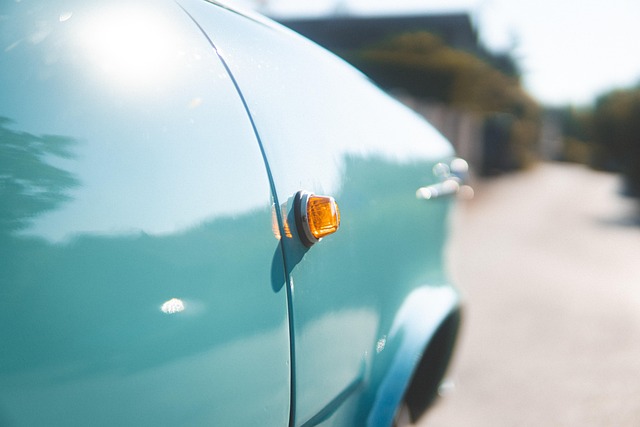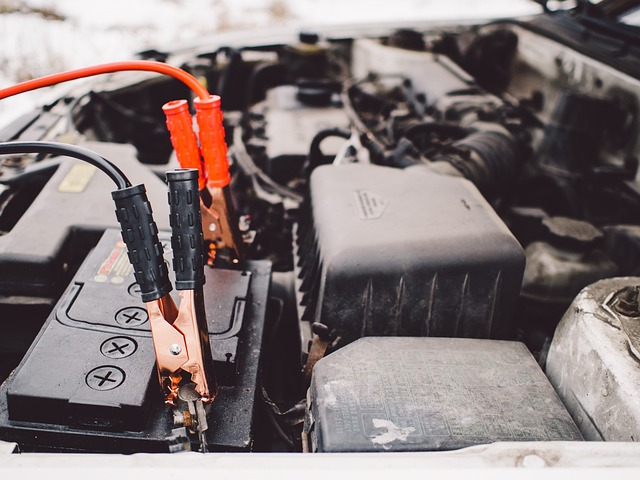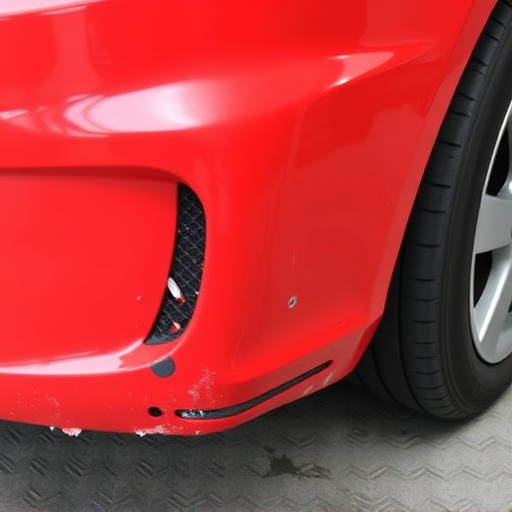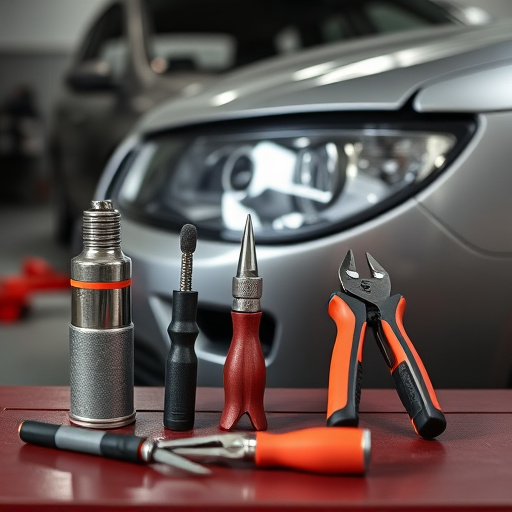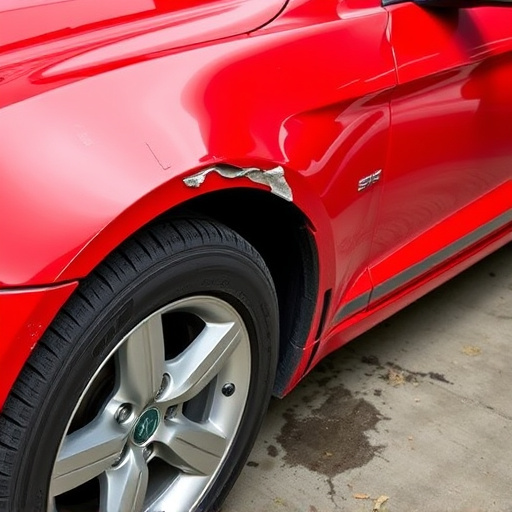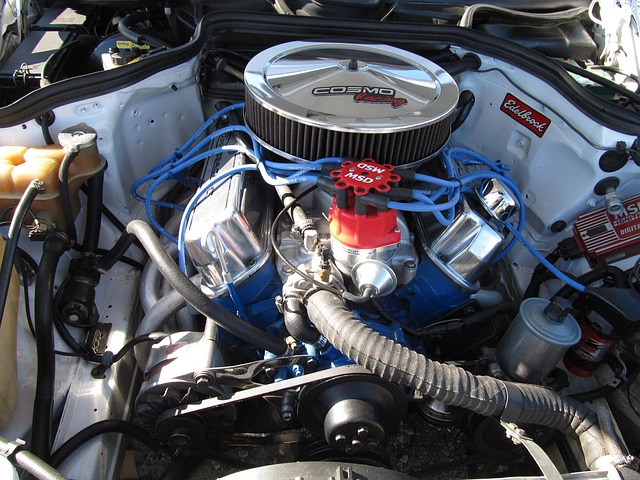Mercedes carbon fiber trim requires careful handling due to its delicate nature. Damage can include cracks, chips, and scratches. Reputable auto repair shops specializing in composite repair techniques are essential for restoration. Restoring requires specific tools like polish, wax, and a paintless dent repair kit. Traditional car scratch repair methods may not be effective. The process involves cleaning, sanding, applying gloss coat, and polishing. Severe damage should be left to professionals.
“Unscratched and unmarred, Mercedes’ iconic carbon fiber trims are a testament to automotive craftsmanship. However, daily use and mishaps can lead to damage, requiring restoration techniques that match the vehicle’s luxury standards. This guide delves into the art of repairing Mercedes carbon fiber trim, focusing on gloss restoration techniques. From understanding the unique characteristics of carbon fiber damage to providing an essential toolkit and step-by-step instructions, this article is your comprehensive guide for achieving a showroom-like finish.”
- Understanding Mercedes Carbon Fiber Trim Damage
- Essential Tools and Materials for Repair
- Step-by-Step Guide to Gloss Restoration Techniques
Understanding Mercedes Carbon Fiber Trim Damage

Mercedes Carbon fiber trim is a signature feature on many high-end Mercedes-Benz models, renowned for its lightweight strength and sleek aesthetic. However, this material is also delicate and susceptible to damage from everyday wear and tear, as well as accidents or mishaps. Understanding the nature of carbon fiber trim damage is crucial before attempting any mercedes benz repair. Cracks, chips, and scratches are common issues that can range from minor cosmetic concerns to structural weaknesses requiring professional attention.
Carbon fiber’s unique construction means that even seemingly small damages can impact its integrity. A collision repair center with experience in auto body restoration for carbon fiber will have the tools and expertise needed to assess and address these issues effectively. They employ specialized techniques like composite repair, where damaged fibers are carefully repaired or replaced, ensuring the restored area matches the original material’s strength and appearance. Choosing a reputable auto repair shop for mercedes carbon fiber trim repair is key to achieving optimal results and preserving the vehicle’s value.
Essential Tools and Materials for Repair

Restoring Mercedes carbon fiber trim to its pristine condition requires a careful selection of tools and materials. For an effective Mercedes carbon fiber trim repair, gather the essential items such as polish, wax, microfiber cloths, and specialized cleaning solutions designed for carbon fiber. Additionally, a paintless dent repair kit can be invaluable for fixing minor dents and scratches without the need for painting or repolishing. These kits typically include tools like plastic scrapers, pry bars, and rubber mallets to gently remove deformities.
A reputable vehicle body shop may also stock various compounds and abrasives suitable for carbon fiber restoration. Fine-grit sandpaper, for instance, helps to smooth out imperfections while a high-quality polish restores the surface’s gloss. Remember that car scratch repair techniques used on traditional paintwork might not always be suitable for carbon fiber, so it’s crucial to choose products and methods specifically tailored for this material.
Step-by-Step Guide to Gloss Restoration Techniques

Restoring the gloss on Mercedes carbon fiber trim is a process that requires precision and the right tools. Here’s a step-by-step guide designed for car body shop professionals and dedicated DIY enthusiasts:
1. Preparation: Begin by thoroughly cleaning the damaged carbon fiber trim with a mild detergent and microfiber cloth. Ensure no residue or dirt remains as this can affect the gloss restoration process. For best results, use a dedicated car body shop solution that won’t scratch the surface. If there are any chips or cracks, repair them using an appropriate composite repair kit designed for carbon fiber before proceeding.
2. Sand and Deburr: Using fine-grit sandpaper (starting with 400-grit), gently buff the trim to smooth out any imperfections. This process helps to remove scratches and ensures a smooth surface. Pay close attention to hard-to-reach areas, using a small piece of sandpaper for precision work. After sanding, wipe down the trim with an alcohol-based cleaner to remove any dust or debris.
3. Application: Choose a high-quality gloss coat suitable for carbon fiber. Apply the gloss evenly across the trim using a foam applicator pad or a spray gun, depending on your preference and the product chosen. Ensure even coverage, avoiding overloading to prevent runs or drips. Let it dry as per the manufacturer’s instructions before moving on to the next step.
4. Polishing: Once dry, use a microfiber cloth and a cutting compound to gently polish the gloss coat. This process helps to achieve a deep, glossy finish. Work in small sections at a time, applying even pressure. After polishing, wipe down the trim with a clean microfiber cloth to reveal the restored, sparkling gloss on your Mercedes carbon fiber trim.
Remember, for severe damage or complex repairs, it’s best left to a professional car body shop, where specialized tools and expertise can ensure optimal results for your vehicle repair needs.
Restoring the gloss on Mercedes carbon fiber trim is a meticulous process that, when done right, can revive the vehicle’s aesthetic appeal. By understanding the damage, arming yourself with the right tools and materials, and following a structured guide, you can effectively address minor to moderate scratches and swirls. Remember, proper care and regular maintenance are key to preserving the pristine condition of your Mercedes carbon fiber trim, ensuring it remains a striking feature for years to come. For those seeking to tackle the repair themselves, this guide provides a solid foundation for achieving professional-looking results in the comfort of your garage.

